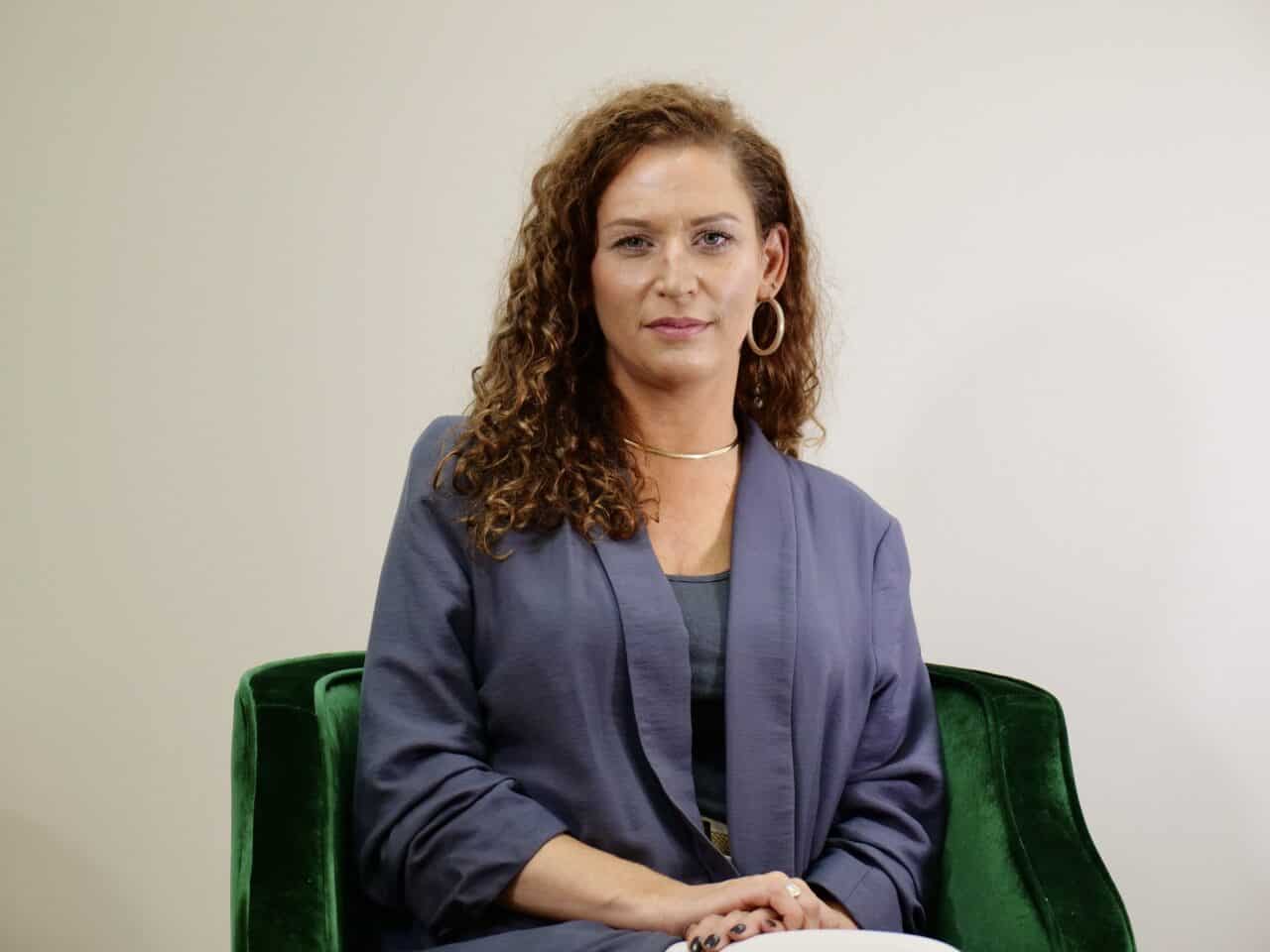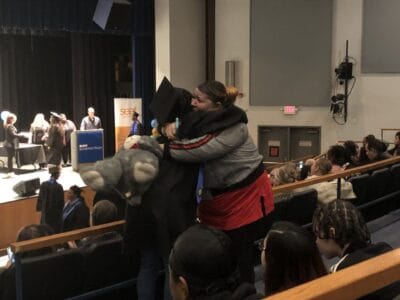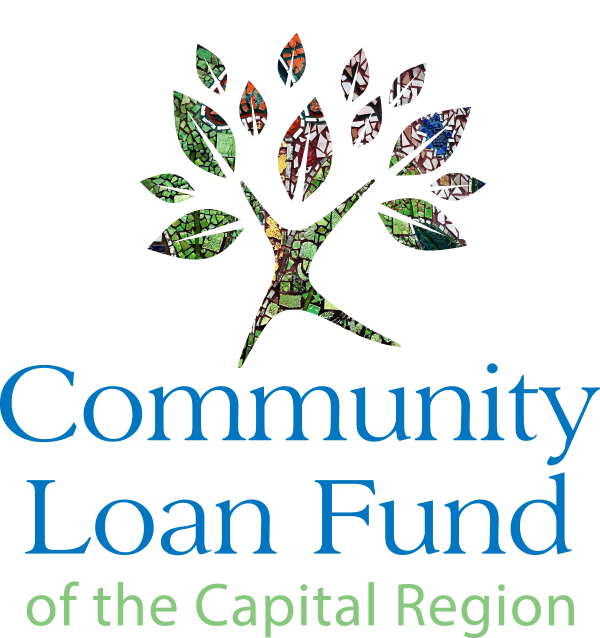The SEAT Center was established in 2015 with financing from the Community Loan Fund. The innovative program in Schenectady helps people complete their high school education and access career training simultaneously so they are prepared to transition directly into the work field. The program offers hands-on learning and certification in a variety of fields, including construction, culinary, and emergency medicine.
During COVID, in-person classes switched to virtual, which as a big shift for students. “At SEAT Center, we are 100% relational. Everything we did was based on building in-person relationships with young people to help them gain access to education, finish their high school diploma. Forty percent of our work is hands-on learning through doing and COVID took those opportunities away,” says Jennifer Lawrence, Executive Director for SEAT Center. “My biggest concern during COVID was how do we make a one-hundred percent relational business basically one hundred percent virtual, and how do we make sure that young people feel supported and that they show up and are not disconnected?”
To help keep students engaged, Lawrence and her team implemented a virtual huddle every morning, encouraging them to get up, get ready, and put on their uniform, just as though they were coming to work that day. And they did. Students logged in every day ready to go and Lawrence said it was humbling to see that. “Seeing people put their best foot forward and staying engaged was really one of the best experiences I had during COVID,” says Lawrence.
Lawrence says that during COVID, nonprofits are under increasing pressure to meet the needs of the community. “I think this time for nonprofits is unparalleled to any other time. There are multiple issues coming at us and everyone seems to look to us for the answers. ‘How do we educate our young people?’ ‘How do we feed our community?’ ‘How do we make sure our community has the technology it needs to be competitive with communities that have more access and better access?’” Lawrence explains. So, pressures are increasing, but fundraising opportunities are dwindling, which means that organizations have less resources to devote to basic services, let alone service expansion. “Without events and visibility, are people going to remember to donate, are they going to remember that this is still needed,” she says. She urges people and organizations to do what they can to “walk beside” these nonprofit organizations to help them serve the community.
She talked about one student in her program who has five children and was recently laid off due to COVID. She needed gas money to get to her new job. She spoke of students who live in homes without kitchens or pots and pans, making it hard to utilize typical food donations. She spoke of kids who are distance learning, but don’t have reliable internet.
“I think for nonprofits, we’re really looking for someone to come and walk alongside us. We’re here. We’re on the front lines. But we do need help and we do need support,” says Lawrence.


![IMG_7338[1]](https://mycommunityloanfund.org/wp-content/uploads/2020/11/IMG_73381-scaled.jpg)



